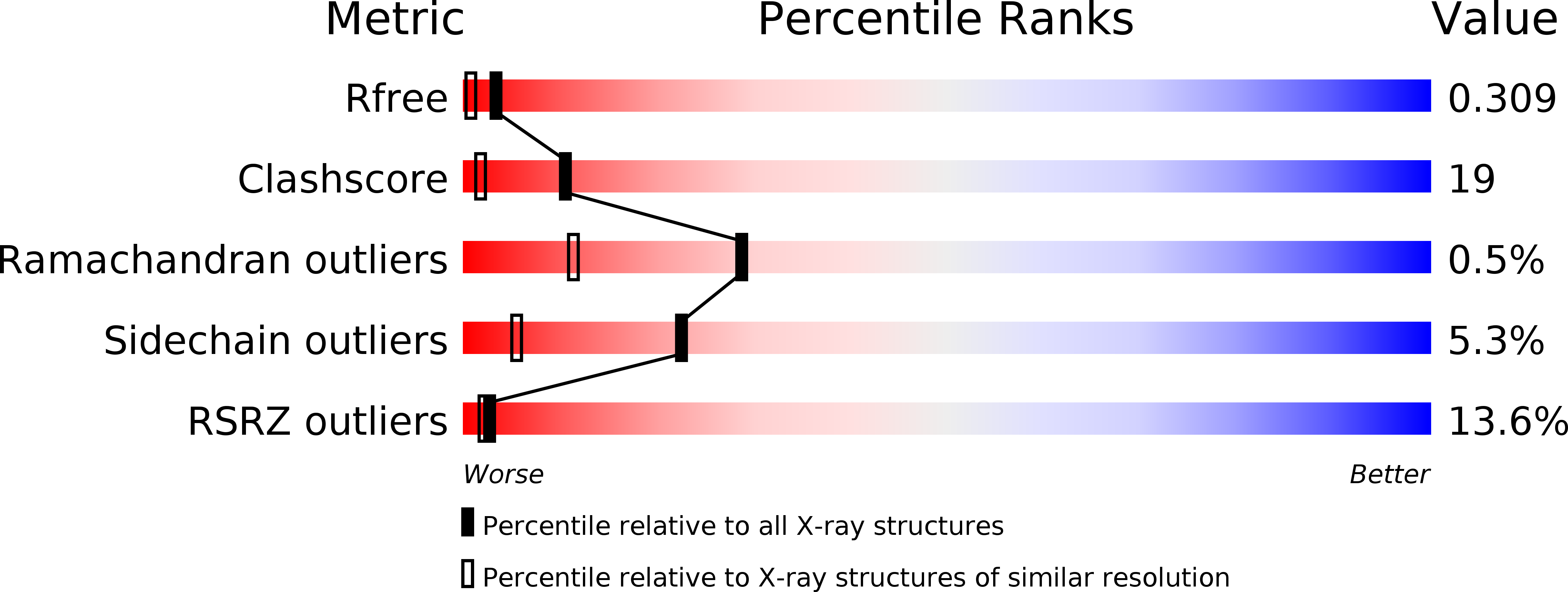
Deposition Date
2006-02-09
Release Date
2006-12-26
Last Version Date
2024-10-09
Entry Detail
PDB ID:
2FZI
Keywords:
Title:
New Insights into DHFR Interactions: Analysis of Pneumocystis carinii and Mouse DHFR Complexes with NADPH and Two Highly Potent Trimethoprim Derivatives
Biological Source:
Source Organism:
Pneumocystis carinii (Taxon ID: 4754)
Host Organism:
Method Details:
Experimental Method:
Resolution:
1.60 Å
R-Value Free:
0.31
R-Value Work:
0.27
R-Value Observed:
0.27
Space Group:
P 1 21 1


